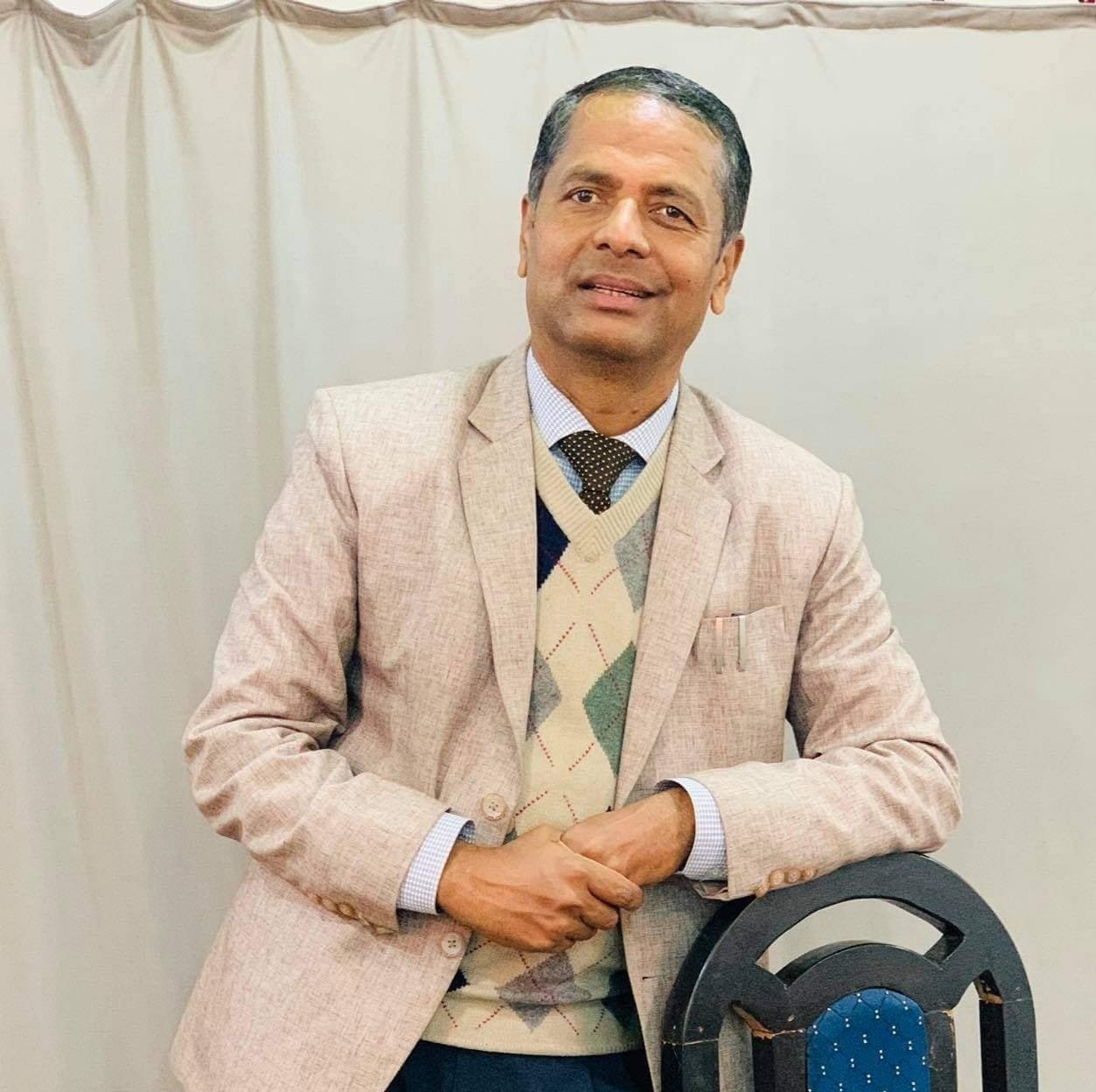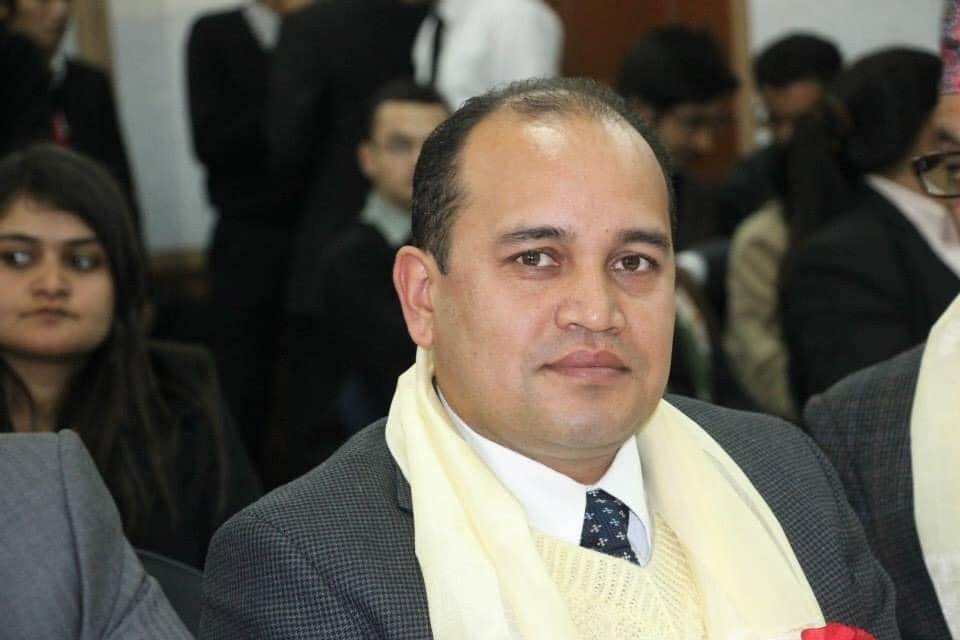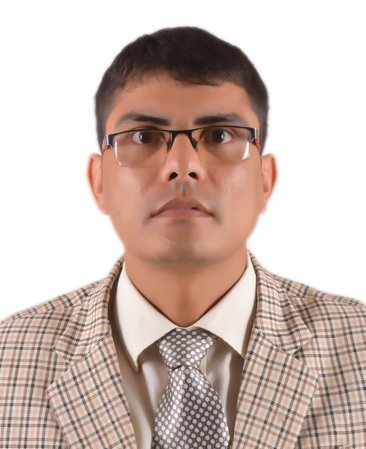Phenomenal Achievement in the Annals of HISSAN Kathmandu Accumulated

The 6th District Convention of HISSAN Kathmandu is slated for the 20th of Poush 2080 at Hotel Ambassador, Lazimpat, Kathmandu. Notably, Mr. Shiva Prasad Adhikari, the outgoing president of HISSAN Kathmandu, has spearheaded the convention ahead of other district committees—an unprecedented event within the HISSAN organization. Assuming the presidency after the 5th Convention on the 5th of Chaitra, 2078, Mr. Adhikari faced challenges in coordinating with Central HISSAN for the establishment of provincial committee, a process that took nearly a year. Nevertheless, he effectively led the organization for the subsequent year, showcasing commendable leadership through remarkable achievements. As the Founder President of Ed-Mark Academy/College and Wisdom Academy, and the Chairperson of Success Academy/College and Dhading Multiple Campus, Mr. Adhikari has made an enduring impact on the academic landscape. In anticipation of the forthcoming convention, College Readers has the privilege of engaging in a brief interview with Mr. Adhikari. Here are the excerpts:
Can you confirm that the 6th Convention of HISSAN Kathmandu will be conducted in a unanimous or democratic manner?
I have previously announced the convention to take place on the 20th of Poush in line with the directive from Central HISSAN to hold district and provincial conventions by the end of Poush month. There is no anticipation of any challenges to the leadership. Our team deliberated and arrived at the decision for a consensus leadership. The productive meeting in Dhulikhel has granted us the authority to conduct the convention in a harmonious atmosphere, expected to be universally accepted. We have acknowledged and respected the efforts and leadership of each member, leading us to a unanimous conclusion. I emphatically convey the importance of selecting the leadership in a fair and equitable manner.
Before assuming the position of president of HISSAN Kathmandu, you faced numerous challenges. Can you assure that those issues won’t resurface?
There is a subtle distinction between the past and the present. When I took on the role of the HISSAN Kathmandu presidency, the circumstances were complex. However, under my current leadership, there will be no issues in the process of electing a new president.
How did you uphold your commitments and fulfil the promises outlined in your manifesto from two years ago?
During our 5th convention at Everest Hotel on Chaitra 5, 2078, when I was newly elected as the president of HISSAN Kathmandu, I made several pledges. Emphasizing team spirit, my team has exceeded our commitments in terms of accomplishments. With a tenure of approximately 22 months in the president’s role, we spent nine months engaging in meetings with the central committee for the establishment of provincial committee. Consequently, we had only one year to carry out tangible work. The current convention aligns with the decision and guidance of the central committee, and the accomplished tasks will be presented during the session.
HISSAN’s primary focus has traditionally been on +2 education, with a majority of its members being +2 colleges. What potential challenges might the new president face in carrying out tasks, and how should they address them?
While HISSAN was initially centered on +2 colleges and education during its establishment, recent amendments in its legislation have broadened its scope. Presently, HISSAN oversees the education system from grade 9 to the master’s level and beyond. The new constitution of 2072 mandates local-level governments to monitor secondary level education, considering grades 11 and 12 as part of the secondary level. This provision may lead to potential misunderstandings in the management of grades 11 and 12, particularly regarding membership matters with secondary schools, especially outside the valley.
Under my leadership, Kathmandu HISSAN formed committees with Tarakeshwor municipality on 20th of Bhadra; Tokha Municipality on 3rd of Poush; joint committee of Kritipur, Chandragiri, Nagarjun on 8th of Poush, and Kathmandu metropolitan city committee on the 12th of Poush. Subsequently, we have plans for Kageshwori Manohara, Gokarneshwor, and Shankharapur Municipalities. Given that both PABSON and HISSAN are dedicated to the improvement of private education, I anticipate a smooth collaboration without significant difficulties. I am confident that the next president will adeptly manage all aspects of this expanded role.
What role can HISSAN play in addressing the trend of Nepalese youths pursuing education abroad?
The government has implemented various programs with the goal of reducing the migration of students to other countries. In an effort to contribute to this cause, HISSAN Kathmandu organized a seminar in Shrawan, 2080, attended by Vice-Chancellors of Tribhuvan University and Kathmandu University, members of parliament, and a Joint Secretary from the education ministry. During the discussion, the Joint Secretary mentioned that, as a member of the WTO, preventing students from going abroad is challenging. Despite this, HISSAN advocates for making Nepal a hub for education tourism. While we are striving to achieve this goal, the lack of government support hampers the process. I am hopeful that future leaders at both the government and district levels will consider this matter and make necessary decisions. Through collective efforts, we can prevent the outflow of significant amounts of money for migration purposes and retain our valuable human resources. Many Nepalese parents find their properties in mortgage these days, and the hope is that this issue will be resolved soon.
In a landscape with various umbrella organizations such as PABSON, N-PABSAN, OPEN, AECoN, etc., what incentives exist for a college/school to join HISSAN?
With committees established in 42 out of the 77 districts in Nepal, HISSAN has a wide presence across the country. Our focus extends to diverse fields of education, including medical, engineering, and CTEVT, and we have demonstrated success in organizing institutes in these domains. Moving forward, collaborative planning and teamwork will be integral to our approach. Notably, HISSAN has played a crucial role in advocating with the government to find strategic solutions to pertinent issues in the education sector.
What are your most notable achievements during your term?
To begin, it’s important to note that I had only one year available for actual work due to certain internal circumstances. Following my election, we conducted a one-day leadership training session for school and college principals and directors in Kathmandu, held in Nagarkot in Shrawan, 2079. In the same year, we organized a Dashain Celebration Program to foster mutual greetings. After the formation of the provincial committee, we organized a reception program to honor its members.
One significant initiative was the HISSAN Marathon Race Competition among the participation of 300 students of grade 11 and 12, aiming to raise awareness about the importance of nature preservation on 22nd Jestha, 2080, coinciding with World Environment Day, under the theme “Let’s Run Together for the Environment.” Hon’ble Minister for Youth and Sports Mr. Dig Bahadur Limbu officiated the opening ceremony. Additionally, we organized a talk show featuring education ministry officials, university vice-chancellors, professors, and school and college founders to discuss the pressing issue of students pursuing higher studies abroad.
Collaborating with College Readers, we successfully conducted the HISSAN Kathmandu Quiz, which aired on Kasthamandap Television for eleven episodes. This marked a pioneering effort by Kathmandu HISSAN in organizing such a quiz competition for the first time in HISSAN’s history.
In Ashwin, 2080, a cultural program was organized at Malla Hotel in Kathmandu to celebrate Dashain, Tihar, and Chhat festivals. Sub-committees were expanded to different municipalities, including Tarakeshwor, Tokha, Nagarjun, Chandragiri, Kirtipur, and Kathmandu Metropolitan City in the Kathmandu district. In the same vein, the official website of HISSAN Kathmandu, hissankathmandu.org, has been unveiled.
One of the noteworthy initiatives was the introduction of the HISSAN Kathmandu Scholarship, awarded annually to the top performers in Science, Management, and Humanities in grade twelve board examinations.
Under your leadership, as municipal committees were added, how many new members joined HISSAN?
The membership has seen a consistent increase, with recent data indicating 300 members in HISSAN Kathmandu. The formation of municipal committees is still in progress, and the precise data will be available upon the completion of this process. Before my tenure, the membership stood at around 100, and during my leadership, it has surpassed 300. This marks a significant achievement in the history of HISSAN.
Are you considering extending your tenure, or do you plan to pass on the post to new members in the upcoming convention?
I will not be extending my tenure. It is essential for other members to have the opportunity to showcase their capabilities. We have deliberated on providing this opportunity to someone willing to take on the responsibility and work diligently for the organization.
Do you have other committee members with strong leadership skills?
Certainly, every member possesses equal capabilities, as leadership skills are not inherently present but can be acquired through training and practice. I advocate for dynamic leadership, and HISSAN Kathmandu has a succession plan in place for its future leadership.
What motivated your decision to become a part of HISSAN?
Amidst the challenges posed by the Maoist insurgency in Nepal, managing a private institute became an arduous task. Recognizing the need for an association dedicated to the welfare of the private education sector, I decided to join HISSAN Kathmandu in 2068 B.S. Over the past 13 years of my association with HISSAN, I have not only learned valuable insights from fellow members but also had the opportunity to share my knowledge. I plan to remain connected with HISSAN in various capacities going forward.
What motivated your decision to become a part of HISSAN Kathmandu?
While there wasn’t a specific person who directly influenced my decision to join HISSAN, I recall receiving an invitation from Yubraj Sharma, the current Senior Vice President. He called and invited me to attend the HISSAN convention scheduled at Himalayan White House International College, Baneshwor, in 2068 BS. Since that event, I have remained consistently engaged with HISSAN.
What challenges did you encounter during your tenure as the president of HISSAN Kathmandu?
My role as the president of HISSAN Kathmandu has been marked by a multitude of diverse experiences, albeit not personal ones. A major concern revolved around the increasing trend of students opting to study abroad, leading to financial deficits in higher education institutions within the country. Another significant challenge was the lack of alignment among HISSAN members in their words and actions, with some members failing to fulfil commitments made during conventions.
Handling a team posed considerable difficulty, and despite our potential, there were limitations in achieving more. I initiated a research and development committee, but its performance fell short of expectations, partly due to the constraints of time.
What qualities do you believe are essential for the next president, and what tasks should they undertake?
Without self-praise, I acknowledge that I undertook numerous tasks that were not initially anticipated. Despite initial skepticism about my ability to effectively handle the position, I dedicated myself to the role. Daily contemplation on work, meticulous planning, and regular discussions with my team became my routine. Clarity about responsibilities is crucial upon assuming such a role in an institute.
I believe the upcoming president should approach the position as a competition, aiming to outperform their predecessors. Effective time and fund management for program implementation are imperative qualities that the next president should possess.
What advice would you like to offer to those attending the upcoming convention?
Given that society doesn’t always harbor a positive attitude towards private education, it becomes imperative for us to earn the trust of the people through our actions. There are statements from members of parliament and legislators suggesting that private institutes are unnecessary and should be transformed into a trust model. However, there is a general lack of awareness about the merits and demerits of the trust model. Therefore, it is crucial for the next president and members of HISSAN Kathmandu to actively work towards raising awareness about the significance of the private sector and fostering a positive societal attitude towards it.





